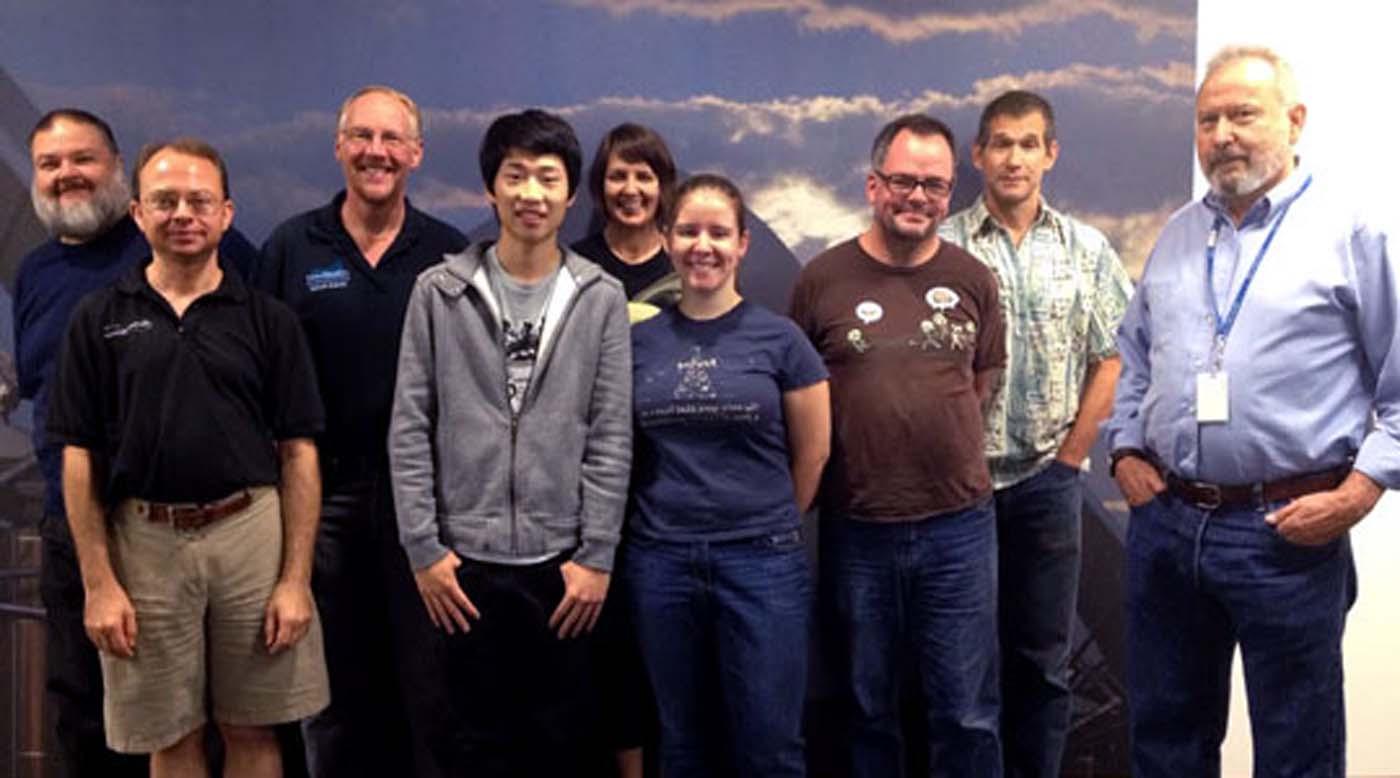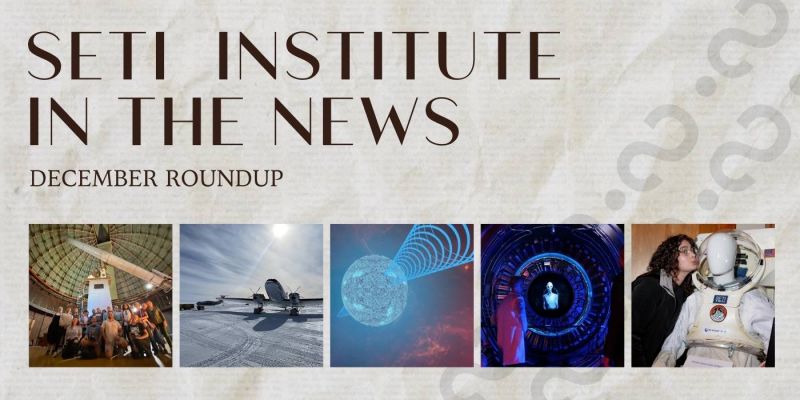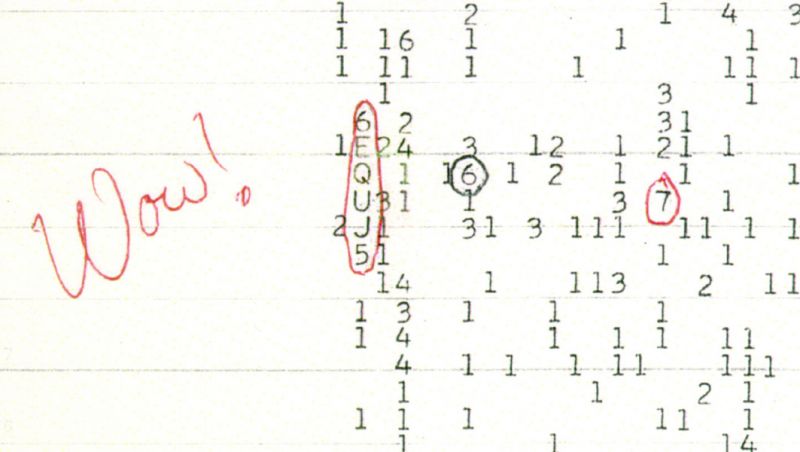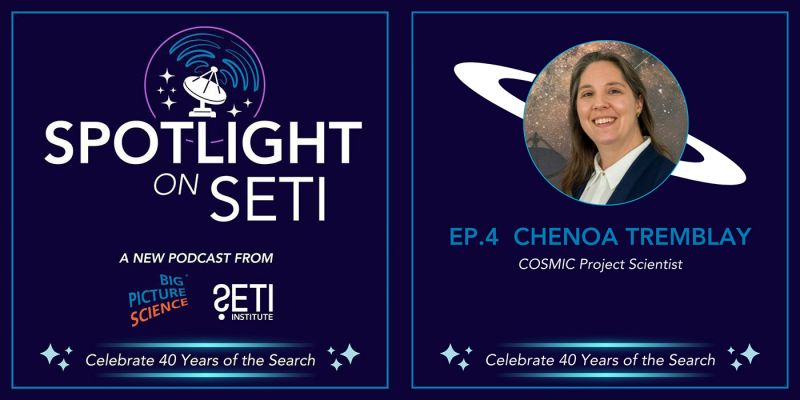
Planetary astronomer Mark Showalter is rabid about rings. While everyone knows about Saturn’s spectacular ring system, it’s often forgotten that Jupiter, Uranus, and Neptune are also encircled by fainter and narrower rings. Each of these systems interacts closely with a family of small, inner moons. Showalter works on some of NASA’s highest-profile missions to the outer planets, including Cassini, now orbiting Saturn, and New Horizons, which flew past Jupiter en route to its 2015 encounter with Pluto. He has even searched for the rings of Mars, although so far with no success. Known for his persistence in planetary image analysis, Mark's work on the earlier Voyager mission led to his discovery of Jupiter’s faint, outer “gossamer” rings and Saturn’s tiny ring-moon, Pan.
Mark is the discoverer of six moons and three planetary rings. He is the Principal Investigator of NASA's Planetary Data System Rings Node, a co-investigator on the Cassini-Huygens mission to Saturn, and co-investigator on the New Horizons mission to Pluto.
In February 2012, he led the team of astronomers who invited the public to help select names for Pluto's two tiniest moons (nicknamed P4 and P5) that he co-discovered. The names were selected based on the results of an unprecedented Internet vote that received almost 500,000 votes, including 30,000 write-in suggestions. P4 has been named Kerberos, after the three-headed dog of Greek mythology. P5 has been named Styx, after the mythological river that separates the world of the living from the realm of the dead.
On July 15, 2013, Mark and his team discovered a previously unknown fourteenth moon of Neptune, in images taken by the Hubble Space Telescope from 2004 to 2009. The as yet unnamed fourteenth moon, currently known as S/2004 N 1, is thought to measure no more than 20 km in diameter.
Additional Information
- Mark Showalter Profile
- Discovery of another moon around Pluto
- Naming the Moons of Pluto
- Astronomers Ask Public to Help Name Pluto's New Moons
- Pluto's Smallest Moons Receive Their Official Names





